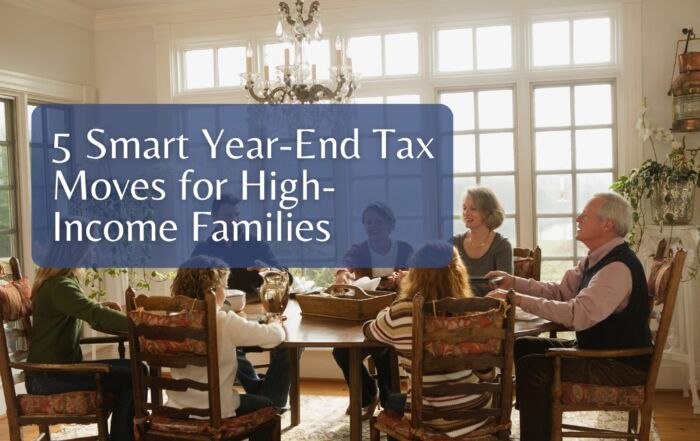
Fiscal vs. Economic Stimulus
With the general election so near and congressional Democrats and Republicans so far apart, it is increasingly doubtful a new round of fiscal stimulus will come the market prior to the election results in November. Many people worry that a lack of additional stimulus, and the potential for a drawn out and contested election, could impede the economic recovery. And some of those fears seem to be reflected in recent stock market activity. As of the closing bell on Friday September 25th, the S&P 500 had fallen 7.9% from its high of 3588 on September 2nd.
But is injecting additional fiscal stimulus the answer to advancing the economic recovery? What about injecting additional economic stimulus into the system to advance the economic recovery? Doesn’t it seem cheaper to fully re-open the economy and increase the demand for products and services by returning to income through wages rather than federal payments?
Right now, weakness in the economy is coming from the fact that many sectors (especially service-type activities) remain shut down or under-utilized. If states would re-open their economies, then businesses could rehire employees and begin the process to satisfy both pent up demand from existing employees and create additional demand from those going back to work. Already depleted inventories would require replenishing which would further advance economic recovery because the increase in demand would require reproducing the goods and services in short supply. It’s doubtful additional checks in our mailboxes would fuel the economy with the sustainable growth from consumer demand that income from employment wages would.
Take New York and California for example. Daily new COVID-19 cases are down roughly 92% and 66%, respectively, from the peak in these states. Deaths are down, 99% and 40%, respectively as well. Yet both still have some of the nation’s strictest pandemic-related restrictions in place. 43% of the population in California is still completely locked down. This, in turn, has held back their economic recoveries. In August, according to data from the Bureau of Labor Statistics, New York and California had unemployment rates of 12.5% and 11.4%, respectively, while the unemployment rate for the US excluding these two states was only 7.7%. If New York and California mirrored the nation’s unemployment rate, the result would be an additional 1.2 million Americans employed. New York and California combined have 18% of the US population, but 32% of all people receiving continuing unemployment benefits.
Just this past week, Florida and Indiana became the first two states to fully re-open their economies. They were also among the first to partially re-open back on May 4th. Overall their COVID-19 cases have declined 80% and 15% from their peak and because their shutdowns were less draconian, it’s no coincidence that both Florida’s unemployment rate (7.4%) and Indiana’s unemployment rate (6.4%) are lower than the national average.
For a self-sustaining economic recovery to fully catch hold, reopening the economy is the key, not sending additional stimulus checks in the mail.
Brad Lyons, CFP®
Share This Story, Choose Your Platform!
Wiser Wealth Management, Inc (“Wiser Wealth”) is a registered investment adviser with the U.S. Securities and Exchange Commission (SEC). As a registered investment adviser, Wiser Wealth and its employees are subject to various rules, filings, and requirements. You can visit the SEC’s website here to obtain further information on our firm or investment adviser’s registration.
Wiser Wealth’s website provides general information regarding our business along with access to additional investment related information, various financial calculators, and external / third party links. Material presented on this website is believed to be from reliable sources and is meant for informational purposes only. Wiser Wealth does not endorse or accept responsibility for the content of any third-party website and is not affiliated with any third-party website or social media page. Wiser Wealth does not expressly or implicitly adopt or endorse any of the expressions, opinions or content posted by third party websites or on social media pages. While Wiser Wealth uses reasonable efforts to obtain information from sources it believes to be reliable, we make no representation that the information or opinions contained in our publications are accurate, reliable, or complete.
To the extent that you utilize any financial calculators or links in our website, you acknowledge and understand that the information provided to you should not be construed as personal investment advice from Wiser Wealth or any of its investment professionals. Advice provided by Wiser Wealth is given only within the context of our contractual agreement with the client. Wiser Wealth does not offer legal, accounting or tax advice. Consult your own attorney, accountant, and other professionals for these services.





